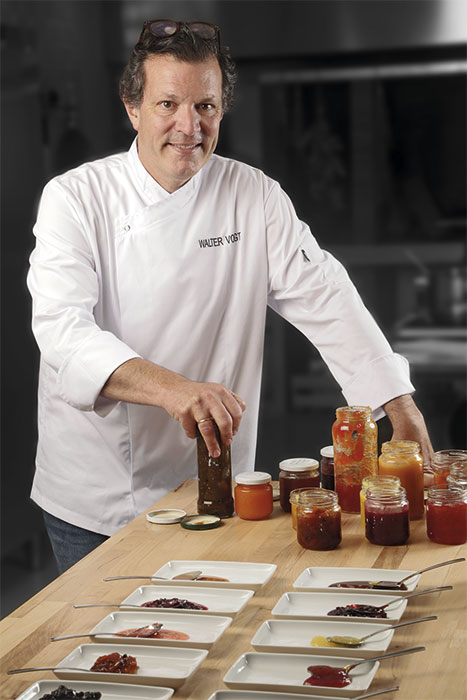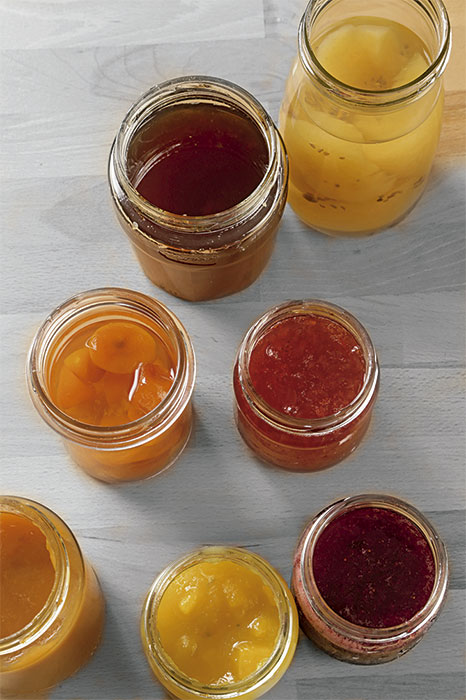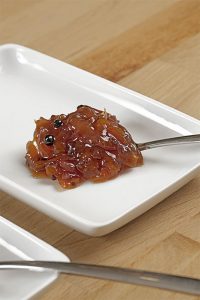Author:
Luis Concepción
TAGS #
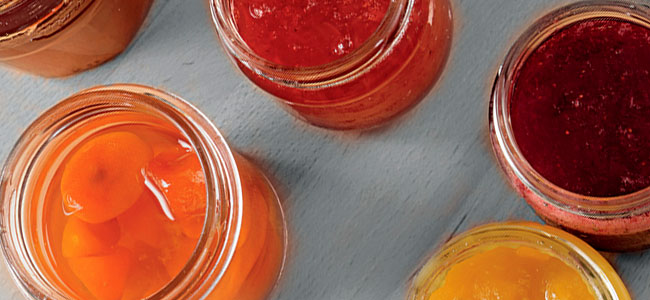
Walter Vogt Estudio Gastronómico was born from the proponent’s audacity and desire to evolve and share. Walter Vogt has more than 25 years of experience in gastronomy, covering the most diverse positions and roles within restaurants, workshops, and cooking schools, both nationally and internationally.
His Estudio Gastronomico is the synthesis and reflection of this career, of his experiences, and professional experience. It is an open and inclusive space dedicated to gastronomy in a broad sense, where cuisine and pastry come together in services such as specialized training, effective advice, gastronomic management, degustations, tastings … One of the workshops of its intense training program revolves around the family of jams, which affects both its classification and its technical aspect. That is the starting point of this article which, on the one hand, brings order to the great families of candied fruit and, on the other, present examples, always with a culinary imprint. We are going to focus on one of the less known families but which have a more open use in the wide world of cuisine: chutneys.
Seasonal fruit have a relatively short shelf life and require cold storage. In addition to the short production period and its own climatic factors, it is necessary to search for transformation and conservation alternatives to take advantage of those that cannot be commercialized fresh. To prolong the shelf life of these fruits, different techniques are used that gravitate around sugar to make jams, preserves, canned fruit (fruit in syrup), jellies, liqueurs, compotes, and chutneys … All these elaborations are of great interest to consumers looking for different products of higher quality, refinement, and sophistication.
In general, this family of products derived from fruit has a high dosage of sugar (sucrose) in its formulation, which has a high caloric content, and undergoes long cooking and reduction times that denature the original flavor of the fruit. However, thanks to its long shelf life and the versatility of its applications, it is a preparation with numerous possibilities in pastry.
Chutney, from India to the West
Originally from India, they were brought to the West by the English who adapted them to accompany meats, especially roast beef. In India the original word “chatni” means “to suck” in the sense of “sucking your fingers”, although there are also those who say that it means “mixture of strong spices”. There is a variety of chutneys ideal for each dish, which gives it an attractive and intense flavor. Its name is usually that of the base ingredient: tomato, mango, pineapple, plum, apple, zucchini, and onion chutney, etc.
They can be defined as jams with strong, spicy, and bittersweet flavors made with fruits or vegetables cooked in vinegar and with highly aromatic spices and brown sugar. They are dense and intense.
There are chutneys that can be made almost without cooking and others that will need up to two hours of slow reduction on the cooker. At a technical and gustatory level it is an elaboration that allows a wide range of possibilities due to the nuances with which it can be played to combine both in pastry and cuisine, without forgetting that it has a long expiration date.
It is, in short, a preparation that is between two worlds, jams and pickled foods. The end result is deliciously sour, sweet, spicy, and perhaps a bit savory. Spicy is not essential, although it is a regular and benchmark element.
The Brix degree parameters are between 25-30. There is a lot of pulp that is candied and could even reach a higher value and almost reach a jam. But then it ceases to be a proper chutney. In relation to the fruit content, it is usually 40-45%, although it is recommended that it reach 50% or more to apply it to dishes and that the flavors breathe better.
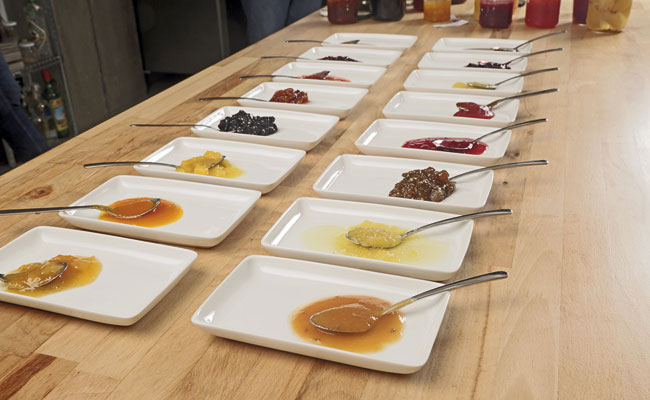
Things to keep in mind about chutneys
- Native to India.
- Traditionally it has many culinary applications
- Strong, spicy, and bittersweet flavors.
- Between 25-30ºBx, being able to reach higher values
- The proportion of fruit is 50%.
Carrot and plum chutney
- 150 g carrot, thickly grated
- 250 g black plums
- 300 g brown sugar
- 125 g sherry vinegar
- 1 cinnamon stick
- 5 g grated fresh ginger
- 5 g apple pectin
- 5 g black peppercorns
- 0.3 g cayenne powder
- 0.5 g cinnamon powder
- 0.3 g ginger powder
